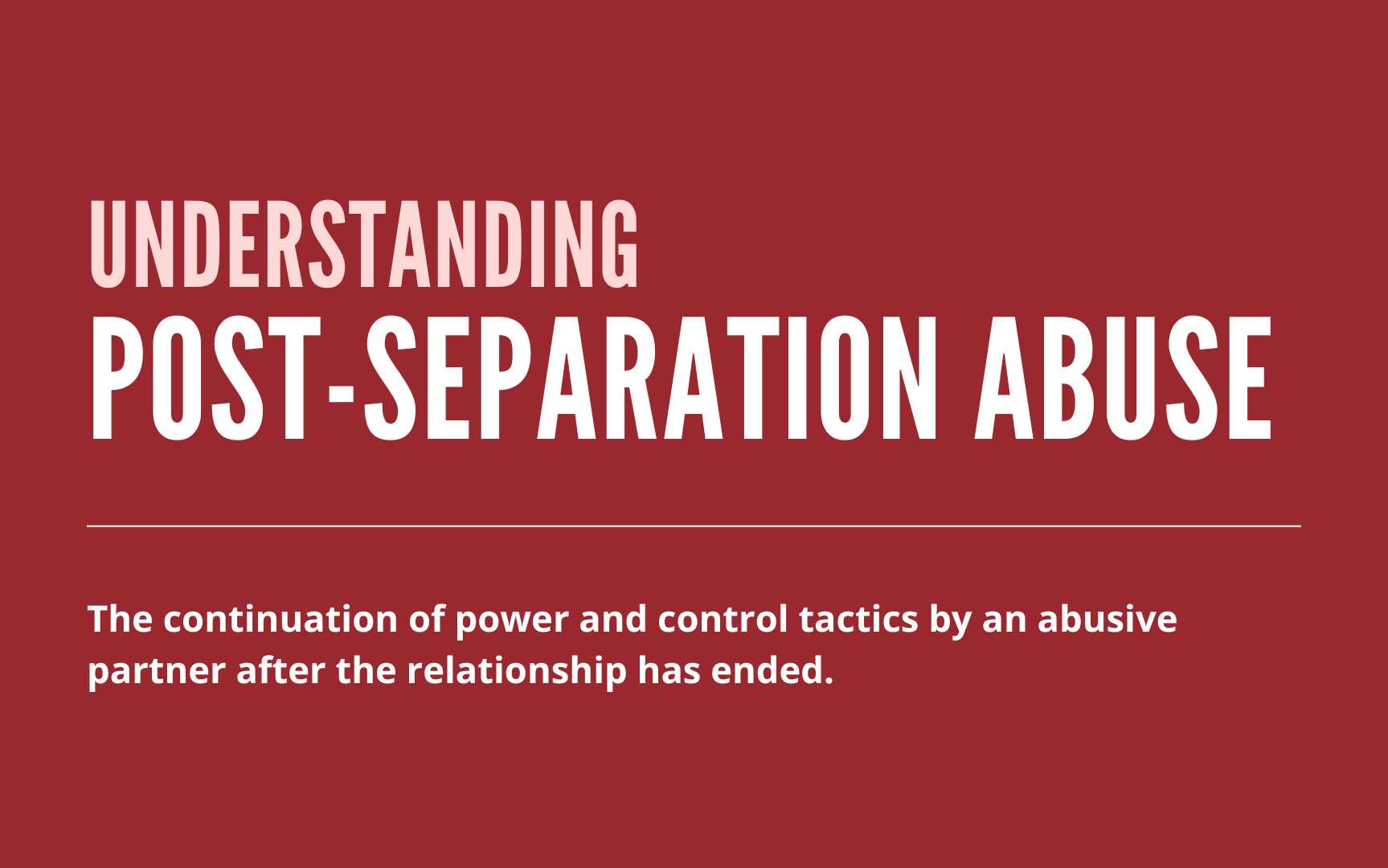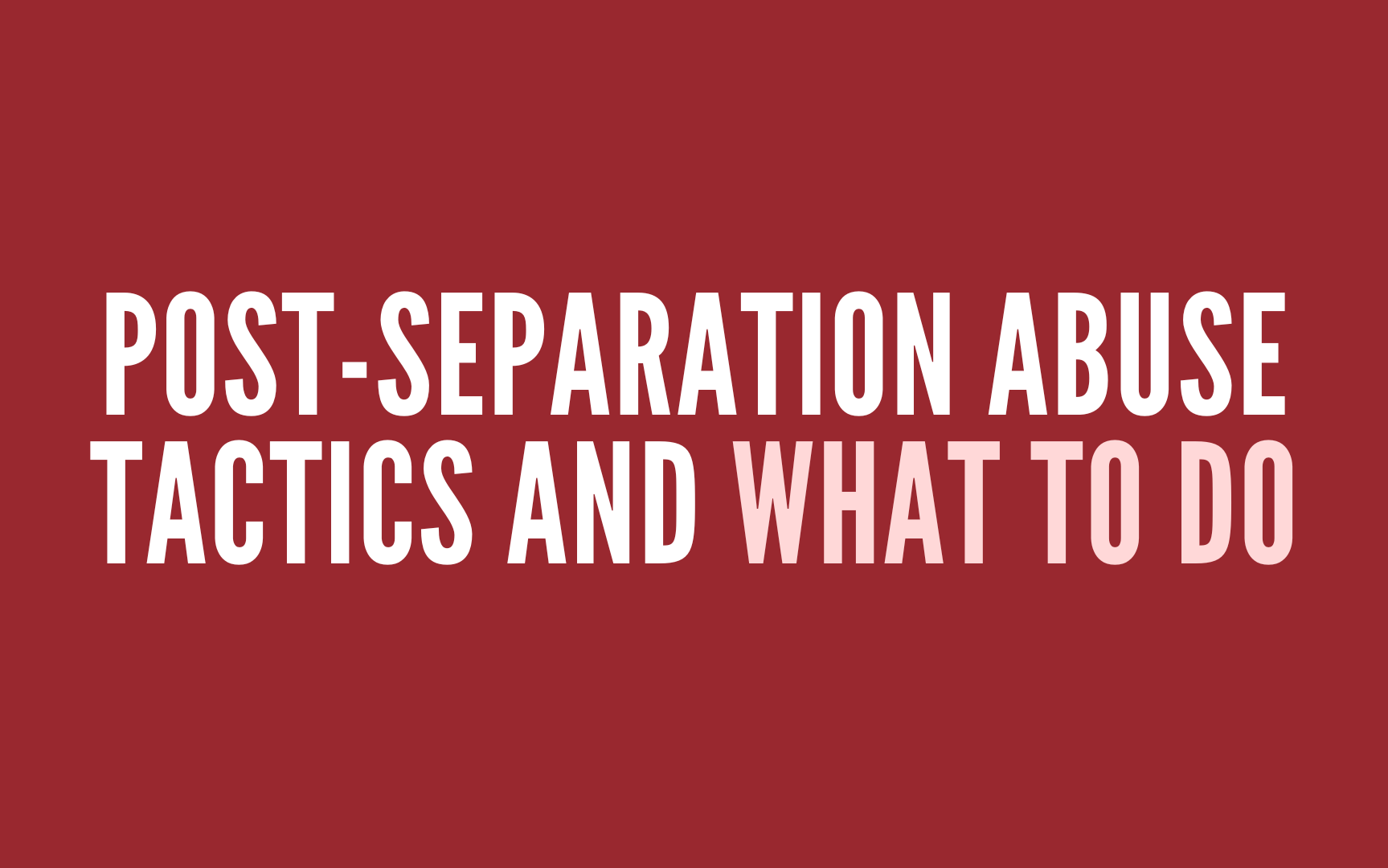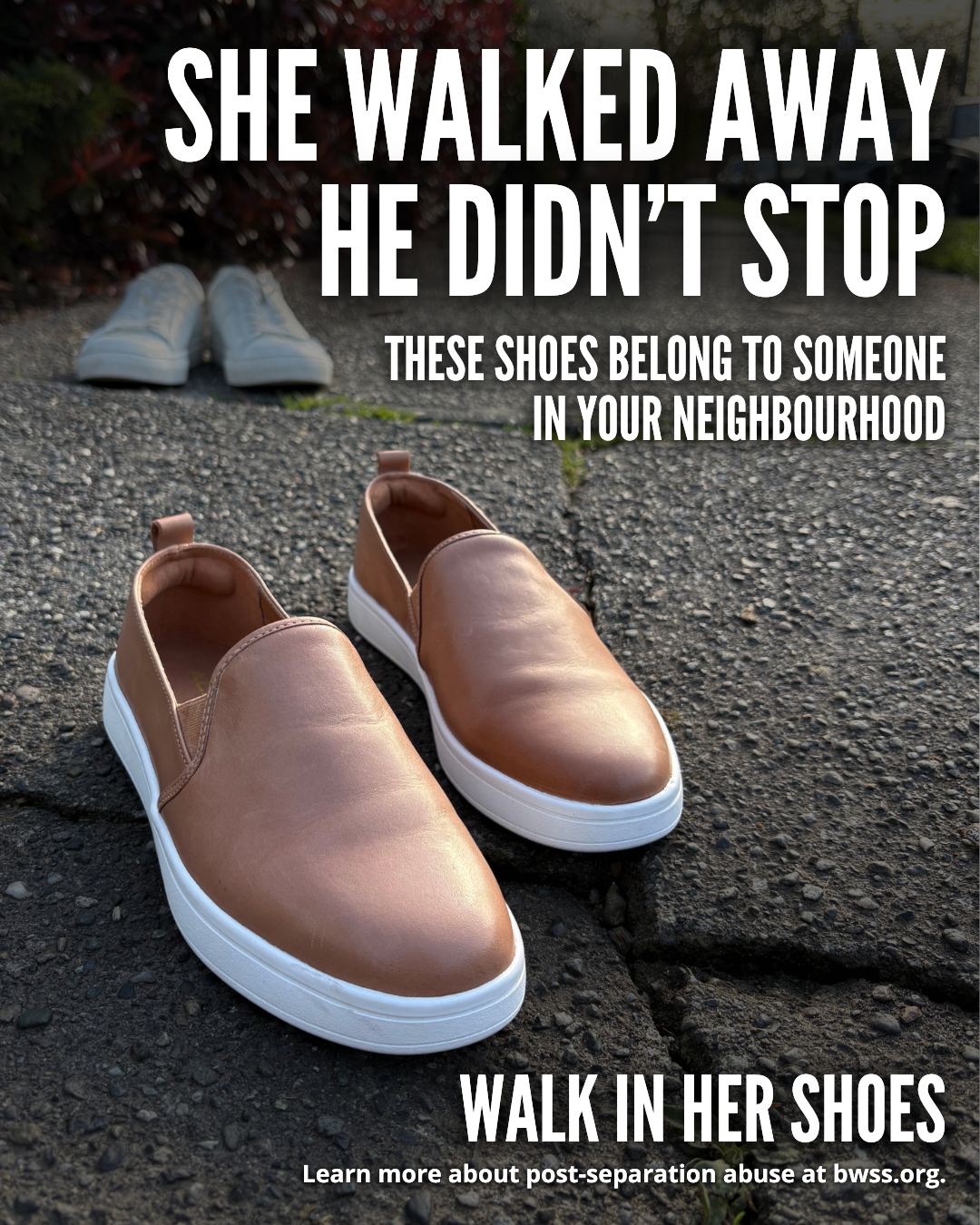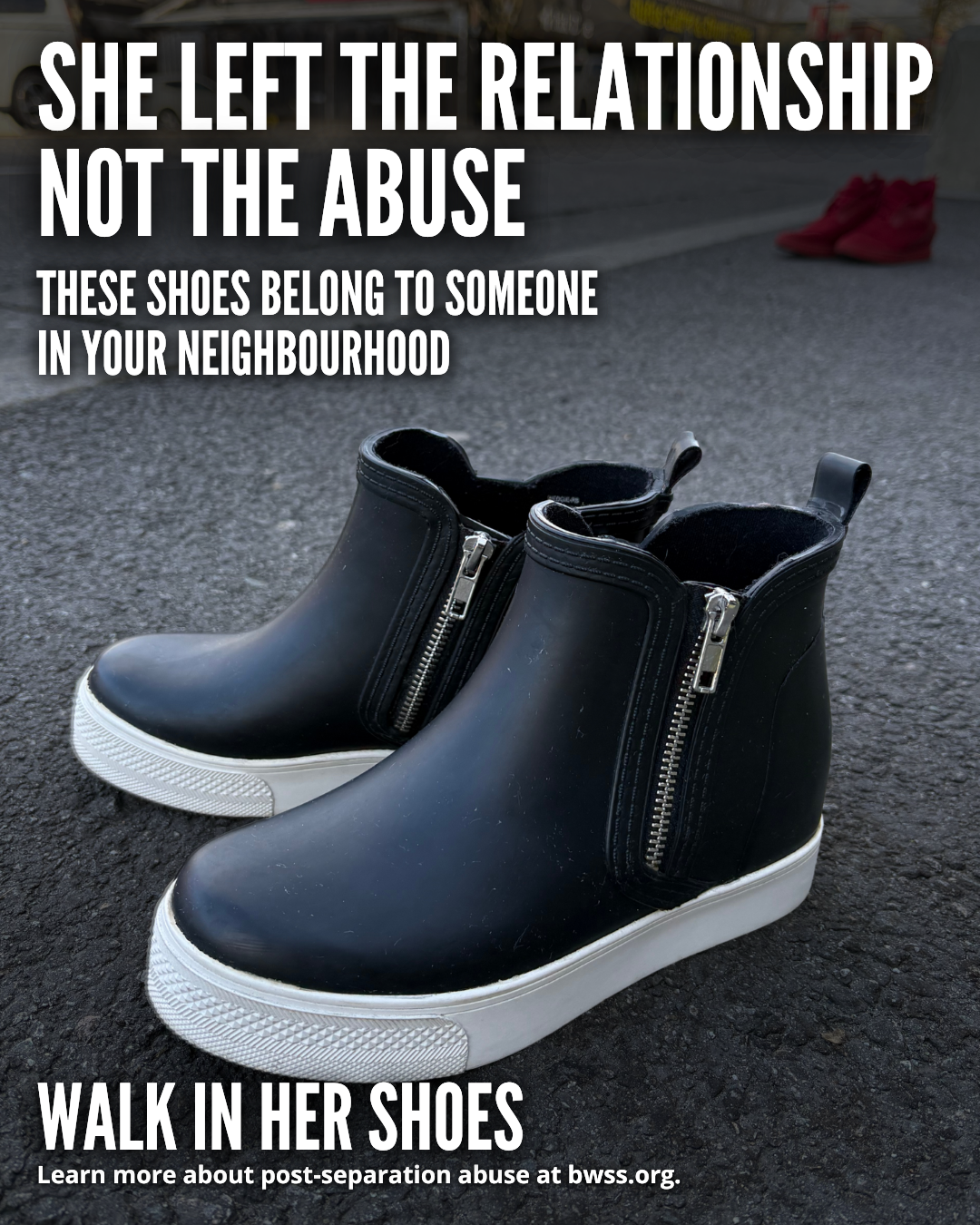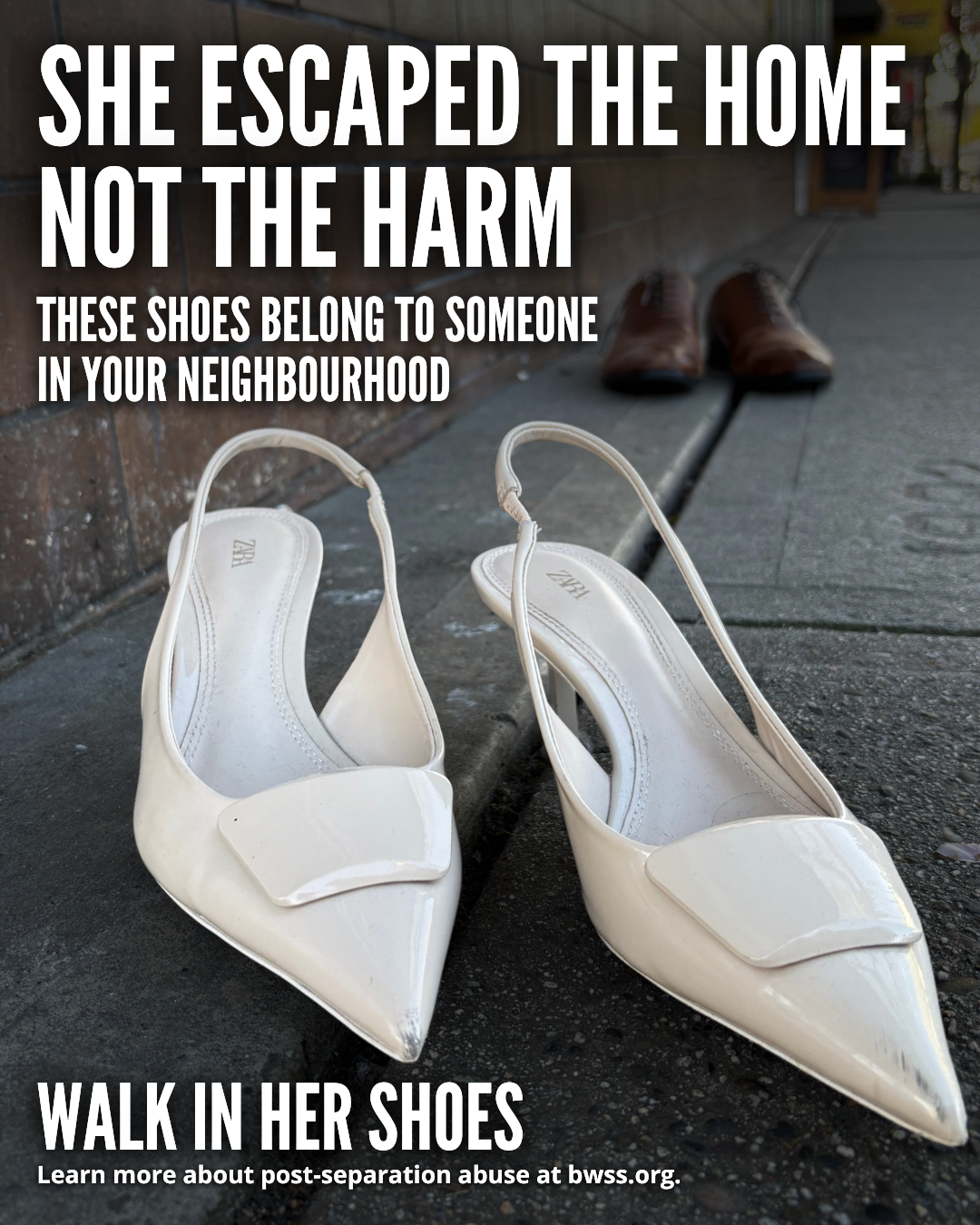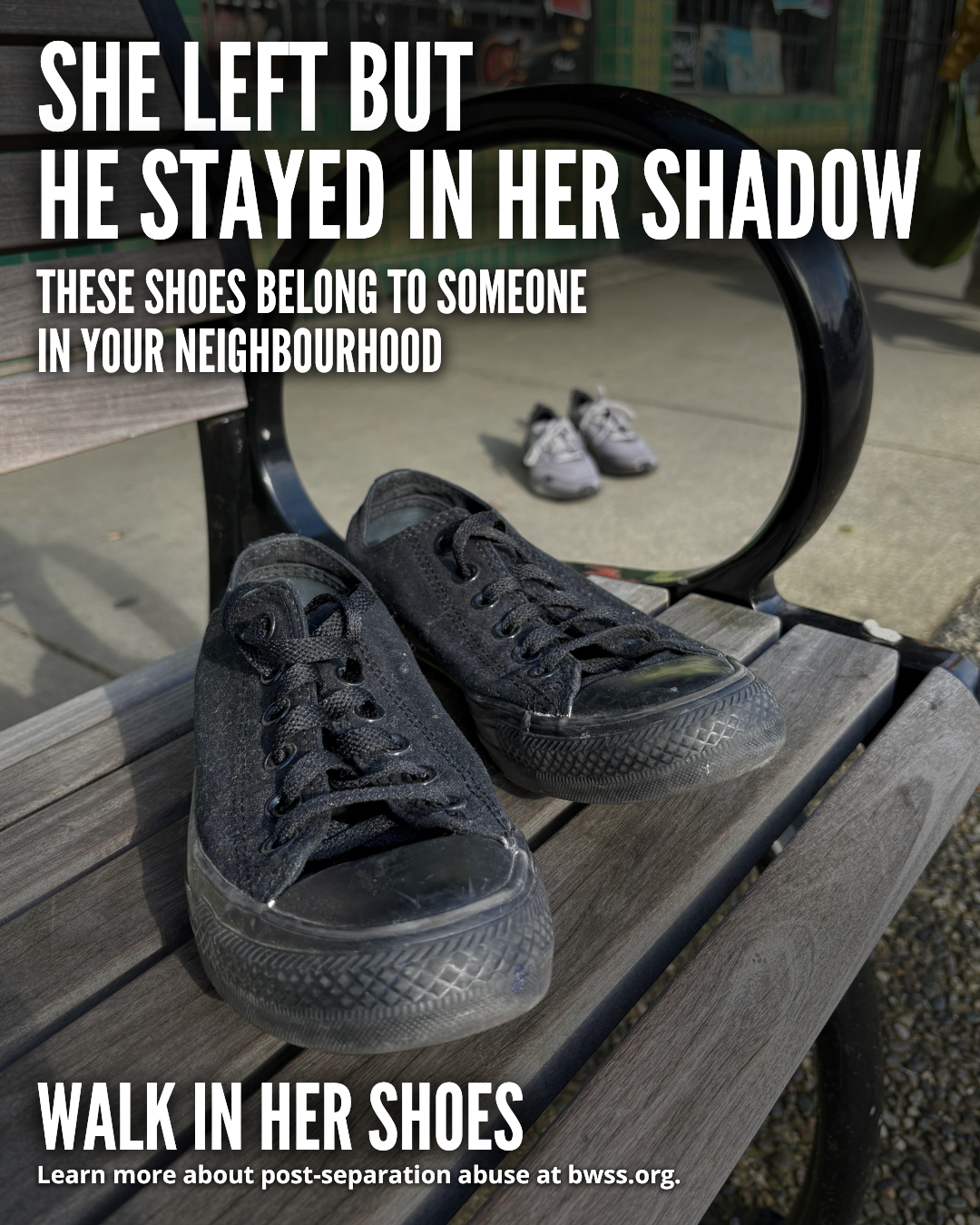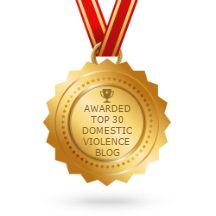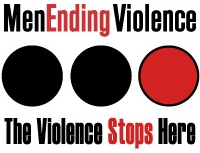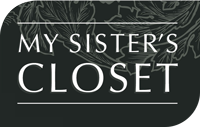8 Strategies to Protect Yourself from Post-Separation Abuse
The end of a relationship doesn’t always mean the end of an ex-partner’s abuse. In fact, post-separation can often be an especially difficult and dangerous time, as abusive partners may continue and even escalate their efforts to exert power through manipulation, intimidation, or harassment. If you are facing this situation, we have prepared a few strategies to support the safety and well-being of you and your children.
1. Create a Comprehensive Safety Plan
BWSS Safety Planning Tool
BWSS offers an interactive online safety planning tool, which includes tailored advice for different situations, including safety planning with children, pets, while pregnant, with technology, in the workplace, with a protective order, with drug and alcohol use, and with emotional health.
2. Establish Firm Boundaries
3. Seek Support from Your Community and Professionals
4. Document Every Incident
5. Protect Your Financial Independence
Financial control can be a powerful tool for abusive partners, so it’s critical to establish financial independence as soon as possible. Set up separate bank accounts and take steps to secure child support payments. Additionally, review your credit report to check for any unauthorized accounts or financial obligations created by your abusive partner. Legal support can help ensure an equitable division of assets and protect your financial security during this transition.
6. Ensure Your Children’s Safety
7. Consult a Legal Professional
BWSS Justice Centre
The Justice Centre at BWSS provides free, trauma- and violence-informed legal advocacy for women experiencing intimate partner and domestic violence. We support survivors in the areas of family law, immigration law, child protection, and criminal law. Please note that the Justice Centre does not provide legal advice but offers legal information, advocacy, and support to help survivors navigate the legal system.
8. Prioritize Your Well-Being
Post-separation abuse presents unique and complex challenges, but by understanding the tactics used by abusive partners and taking decisive actions, you can regain control of your life. This journey requires strength, resilience, and a clear plan. By taking steps to protect your safety, your children’s safety, and your emotional well-being, you can create a path toward healing and reclaim the peace you deserve. Always remember, you are not alone—support is available, and you have the power to protect yourself and your loved ones.
If you or someone you know needs support, BWSS is here. You can create a safety plan or speak with an advocate confidentially by calling our crisis line at 1-855-687-1868. Together, we can explore your options and help you reclaim safety.

